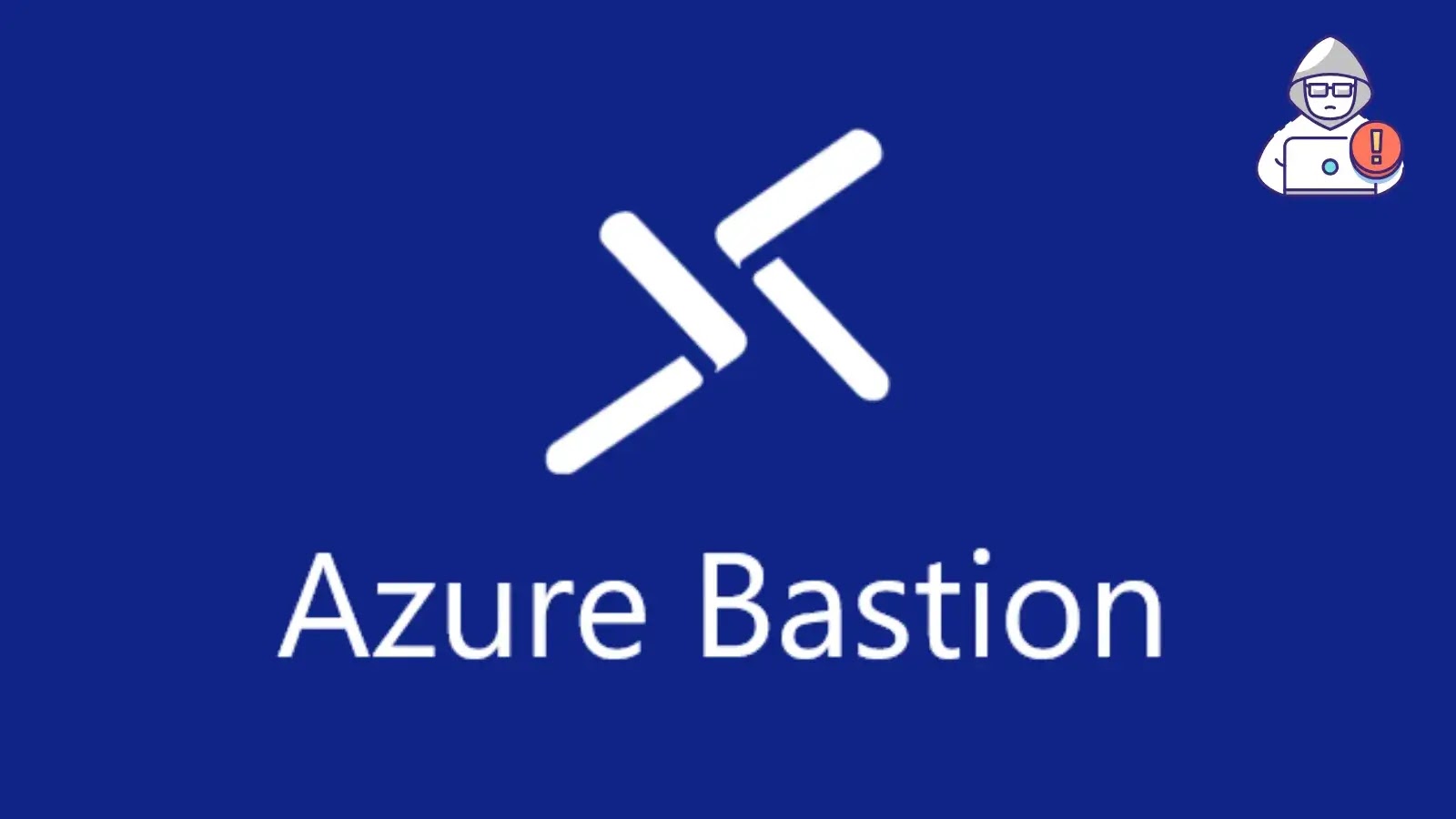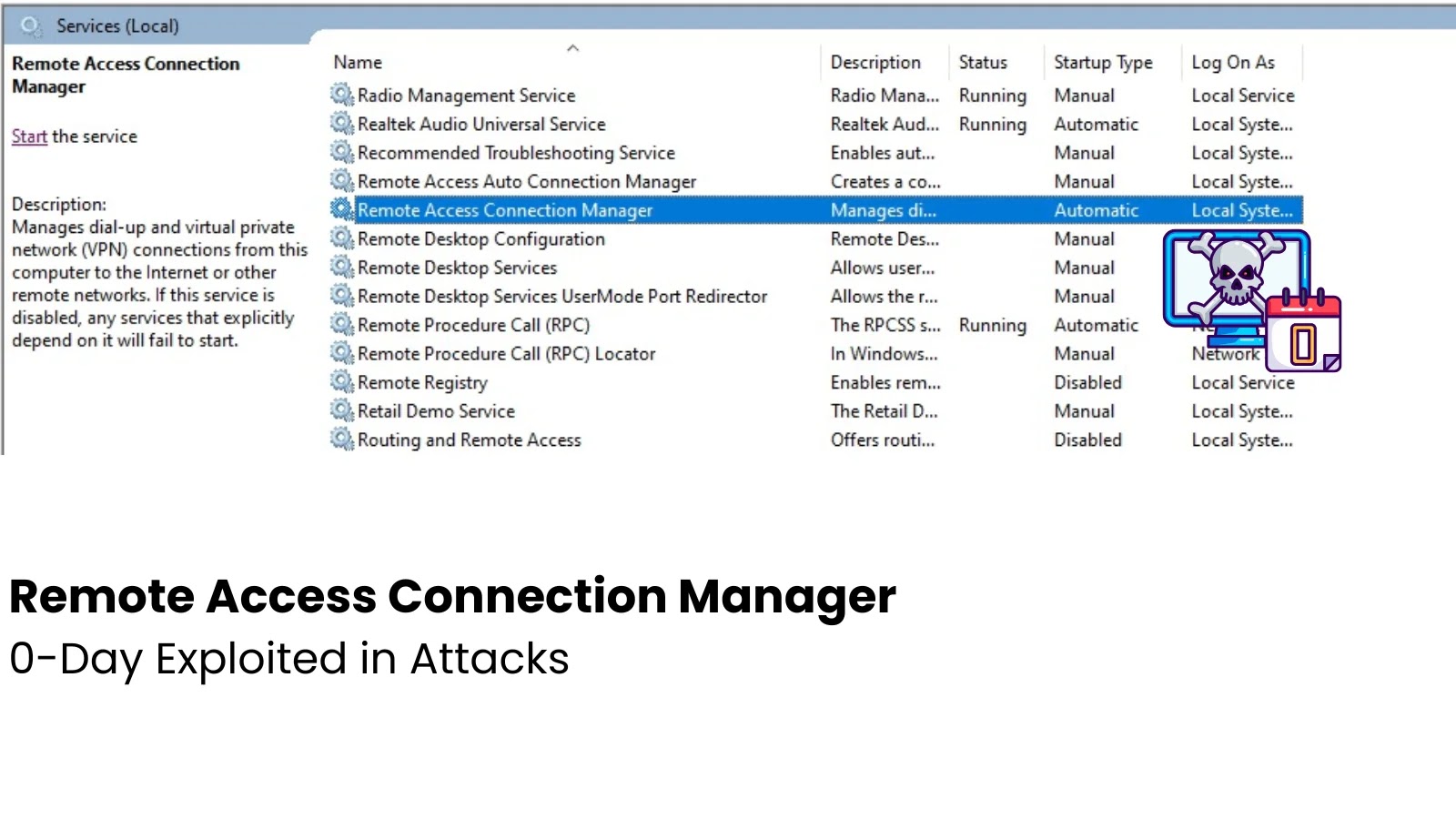Critical Azure Bastion Vulnerability Exposes Cloud Infrastructure to Unauthorized Access
A critical security flaw, identified as CVE-2025-49752, has been discovered in Microsoft’s Azure Bastion service, posing a significant threat to organizations utilizing this platform for secure administrative access to their cloud environments. This vulnerability allows remote attackers to bypass authentication mechanisms and escalate their privileges to administrative levels without requiring user interaction.
Understanding Azure Bastion and the Vulnerability
Azure Bastion is a managed service that provides secure and seamless Remote Desktop Protocol (RDP) and Secure Shell (SSH) access to virtual machines (VMs) directly through the Azure portal. By eliminating the need for public IP addresses on VMs, Azure Bastion enhances security by reducing exposure to potential threats.
However, the recently identified vulnerability undermines this security model. Attackers can exploit this flaw to gain administrative access through a single network request, potentially compromising all virtual machines accessible via the Bastion host. The root cause of this issue lies in the improper handling of authentication tokens within the Bastion service, allowing attackers to intercept and replay valid credentials to bypass security controls.
Technical Details of CVE-2025-49752
– CVE ID: CVE-2025-49752
– Vulnerability Type: Authentication Bypass (CWE-294)
– CVSS Score: 10.0 (Critical)
– Affected Product: Microsoft Azure Bastion (all versions prior to November 20, 2025)
– Attack Vector: Network
– Impact: Remote Privilege Escalation to Administrative Level
With a CVSS score of 10.0, this vulnerability represents the highest severity classification. It is remotely exploitable, requires no user interaction, and demands no prior authentication. The network-based exploitability means that an attacker anywhere on the network can compromise the entire Bastion infrastructure and the virtual machines connected to it.
Implications for Organizations
All Azure Bastion deployments before the security update released on November 20, 2025, are vulnerable. Microsoft has not released specific version numbers, suggesting that the vulnerability affects all configurations using the service. This flaw adds to a growing list of critical authentication and privilege escalation vulnerabilities discovered in Azure services throughout 2025, including CVE-2025-54914 and CVE-2025-29827.
Despite Microsoft’s Secure Future Initiative, aimed at improving security development practices, recurring authentication issues continue to affect Azure infrastructure.
Recommended Actions for Mitigation
Organizations should take the following steps to mitigate the risk associated with this vulnerability:
1. Immediate Patching: Ensure that all Azure Bastion deployments are updated with the latest security patches released on November 20, 2025.
2. Audit Administrative Access Logs: Conduct a comprehensive review of administrative access logs to detect any unauthorized activity that may have occurred due to this vulnerability.
3. Review Network Segmentation and Access Controls: Evaluate and strengthen network segmentation and access controls surrounding Azure Bastion deployments to limit potential attack vectors.
4. Implement Multi-Factor Authentication (MFA): Enhance security by requiring MFA for all administrative access to Azure resources.
5. Monitor for Suspicious Activity: Establish continuous monitoring mechanisms to detect and respond to anomalous behavior promptly.
Broader Context of Azure Security Vulnerabilities
This vulnerability is part of a series of critical security issues identified in Azure services in 2025. For instance, a vulnerability in Azure Active Directory exposed credentials, enabling attackers to deploy malicious applications and access sensitive data. Another flaw in Azure’s API Connection infrastructure allowed attackers to compromise resources across different Azure tenants.
These incidents highlight the importance of proactive security measures and the need for organizations to stay vigilant in monitoring and updating their cloud infrastructure.
Conclusion
The discovery of CVE-2025-49752 in Azure Bastion underscores the critical need for organizations to prioritize cloud security. By promptly applying security patches, auditing access logs, and implementing robust access controls, organizations can mitigate the risks associated with this vulnerability and protect their cloud environments from potential exploitation.



